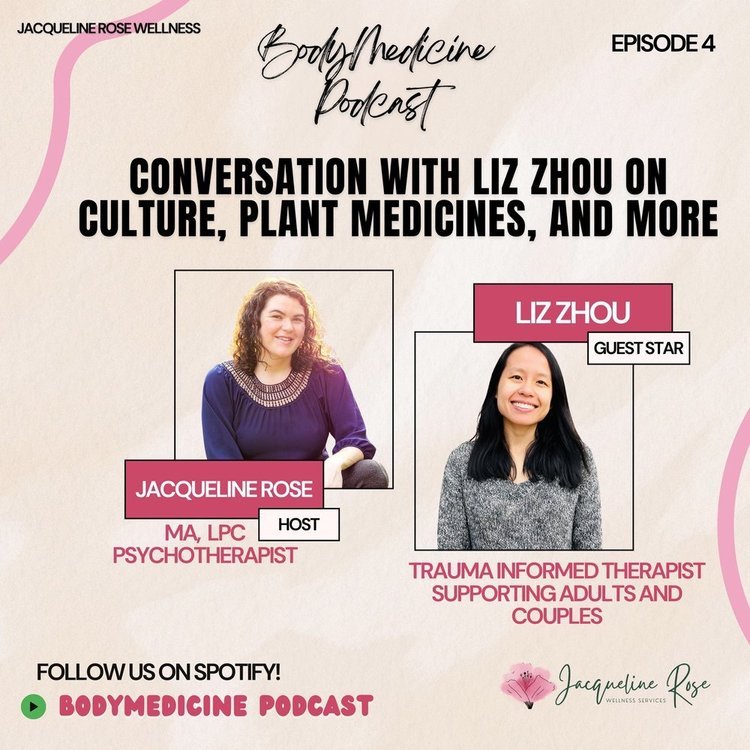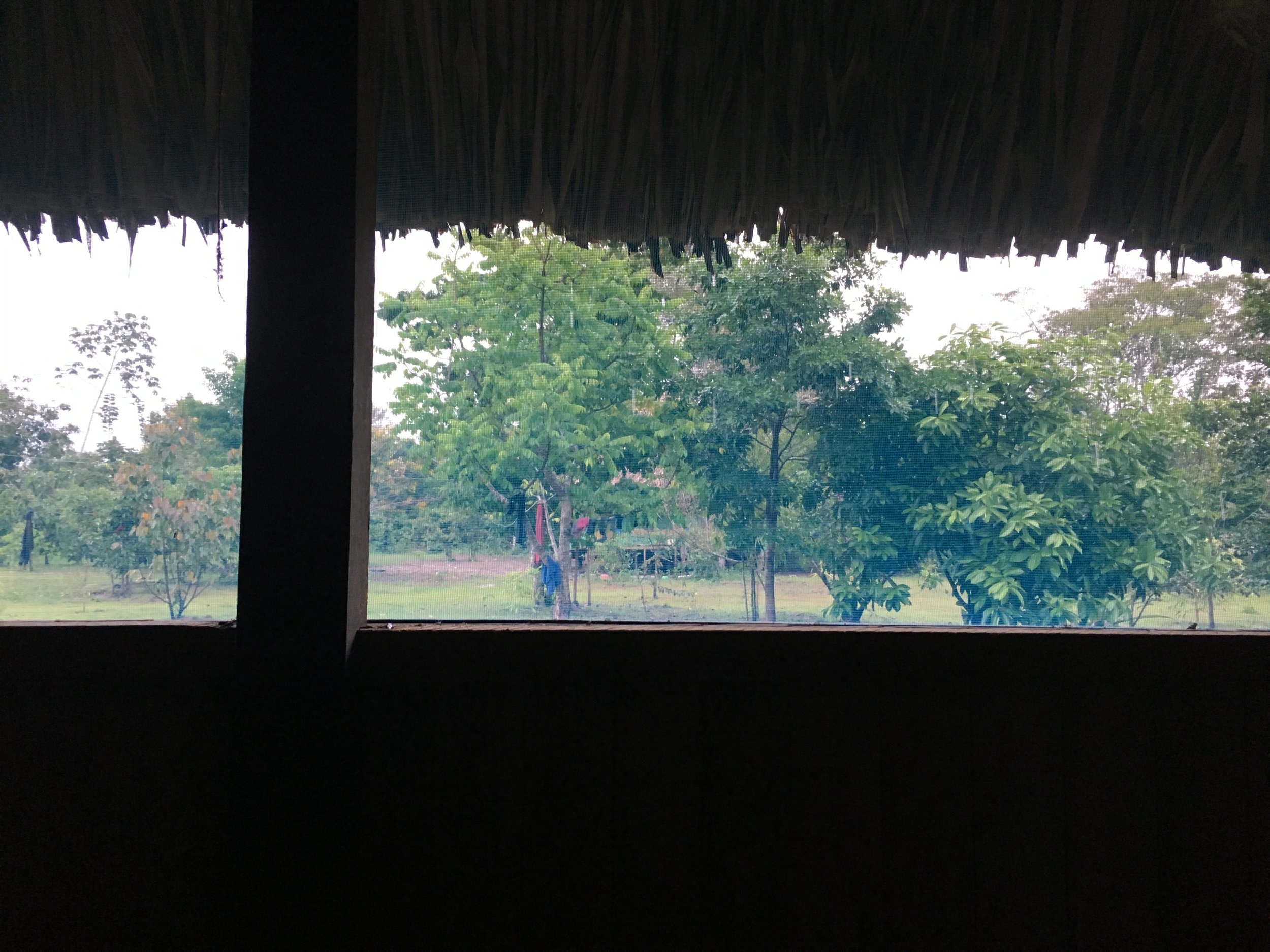Brainspotting & Psychedelic Integration | Trauma-Informed Support Before & After Your Psychedelic Experience
Explore how Brainspotting, a holistic brain-body therapy, can make the difference between an unnecessarily difficult experience and an insightful healing journey — whether you’re working with ketamine, psilocybin, or plant medicines.
What’s Brainspotting Therapy?
Brainspotting is an evidence-based therapy, developed by Dr. David Grand, that uses fixed eye positions to facilitate brain-body healing.
The idea behind Brainspotting is that where you look affects how you feel. Our eyes are intrinsically linked to our brains. When we experience intense emotions or recall specific memories, our eyes naturally fixate on a particular point or stare off into the distance.
This happens unconsciously – it’s part of our human wiring. Brainspotting brings this unconscious process into conscious awareness.
Have you ever caught yourself staring at a point on the wall, lost in thought, not realizing how much time has passed? If so – you were unintentionally doing Brainspotting!
In a Brainspotting session, your therapist will help you find a Brainspot—an area in your field of vision that activates a specific issue (e.g., feelings of grief, anxiety, or anger; a past trauma; fear about the future; or any other emotion, body sensation, image, or memory).
You’ll then focus on this Brainspot for a duration ranging from 1 minute to 1 hour, observing your internal experiences. (And you can stop at any point – there’s no rigid structure, and no way for you to do Brainspotting “wrong.”)
You may notice thoughts, emotions, bodily sensations, or any other shifts in your awareness. You can either verbalize these experiences or simply notice them internally. Your therapist will provide a supportive presence and offer guidance as needed.
During this process, the regions of your brain responsible for memory storage and emotional processing are actively working in the background, facilitating the processing of the specific issue.
You may experience a release of energy, a shift in emotions, subtle physical reactions (such as swallowing, blinking, or yawning), bodily sensations (like tension, tightness, relaxation, expansion, warmth, cold, or tingling), or other changes in your awareness. These are all indicators that the processing is taking place and that your brain and body are naturally healing themselves.
Brainspotting is typically more rapid and effective than traditional talk therapy, as it directly activates regions of the brain (the limbic system) that are less accessible through talk therapy.
What’s Psychedelic Integration Therapy?
Psychedelic integration therapy provides a safe space for you to plan, prepare, and process your psychedelic experiences.
…whether you are engaging with ketamine-assisted psychotherapy; plant medicine retreats in Mexico, Central, or South America; microdosing psilocybin or LSD; or a self-guided journey at home.
This therapy is ideal for adults who are:
considering a psychedelic experience but not sure where to begin
planning a psychedelic experience and need emotional or logistical support (pre-journey nerves and emotional activation are normal)
processing a psychedelic experience, whether it happened last week or decades ago
Psychedelic integration therapists are highly specialized providers who have personal and professional experience with psychedelic medicines – meaning, they’re familiar with the terrain and can help you prepare for your journey across said terrain. While they won’t be with you during your specific psychedelic experience, they’re a valuable and essential support for before and after.
Psychedelic integration therapists may have experience with a range of medicines, including:
Psilocybin
MDMA
LSD
DMT
5-MeO-DMT (also known as Bufo Alvarius)
Ayahuasca
San Pedro (also known as huachuma)
Iboga
Ibogaine
Plant medicine dietas
Kambo
The goal of psychedelic integration therapy is to help you build a safe and meaningful relationship with psychedelic medicines, maximizing the benefits and minimizing overwhelm.
This type of support can make the difference between an unnecessarily difficult experience and an insightful healing journey.
Why do Brainspotting and Psychedelic Integration go well together?
#1: Brainspotting allows for powerful processing.
Brainspotting is highly effective in processing experiences that are difficult to articulate, such as pre-verbal trauma, non-verbal experiences (like psychedelic journeys), and non-ordinary states of consciousness (like near-death experiences, deep grief, or spiritual and transpersonal experiences). Brainspotting doesn’t require much talking, yet its sessions can be profoundly powerful, insightful, and healing.
If your psychedelic journey brings up elements that you need to further process, such as mysterious visuals, intuitive realizations, or surfacing past memories, Brainspotting offers a powerful tool.
Simply locate the Brainspot – the specific point in your field of vision – that connects you to that aspect of your experience. Then, allow your brain to do the rest of the work.
#2: Brainspotting is naturally “psychedelic.”
Interestingly, Brainspotting Therapy itself can be a psychedelic experience, even without the ingestion of substances. This isn’t a universal experience, but it’s a significant possibility for many. Depending on individual processing style and sensitivity, some clients report experiencing visuals, a loss of time and space perception, or non-ordinary states of consciousness during a Brainspotting session.
Given the natural synergy between Brainspotting and psychedelic experiences, incorporating Brainspotting into the psychedelic preparation and integration process can be highly beneficial.
What’s a Brainspotting & Psychedelic Integration session like?
PREPARATION SESSION
Before your psychedelic experience, you’ll meet with your therapist for at least one preparation session (and ideally multiple).
In addition to providing education, resources, emotional support, and talk therapy, your therapist might use Brainspotting to help you address any of the following:
Processing pre-journey emotions: Addressing feelings such as nerves, excitement, fear, or hopefulness as your psychedelic experience approaches.
Setting intentions: Identifying specific issues or intentions you want to work on during your psychedelic experience (e.g., connecting with your authentic self, processing a relationship, or self-love) and gently beginning this processing through Brainspotting.
Practicing mindfulness, self-trust, and letting go: Brainspotting can serve as a “test run” or “rehearsal” for a psychedelic experience, as it requires the same skills of mindfulness, self-trust, and non-judgmental acceptance of the present moment.
INTEGRATION SESSION
After your psychedelic experience, you’ll meet with your therapist for at least one integration session (and ideally multiple).
As the saying goes, “After the journey, the work begins.”
It’s recommended to meet within 72 hours of your psychedelic journey, while the experience is still fresh in your mind and your brain is in a heightened state of neuroplasticity (more malleable and receptive to new insights, ideas, and habits). This post-journey period offers a valuable window of opportunity to transform insights into positive, long-lasting change.
In your integration sessions, your therapist might use Brainspotting to help you address any of the following:
Processing the psychedelic experience: Exploring specific images, emotions, thoughts, sensations, or memories that arose during your psychedelic experience.
Installing positive insights: Anchoring positive feelings, beliefs, or insights gained from the psychedelic experience (e.g., I love myself, I am stronger than I know, We are all connected; feelings of compassion, creativity, clarity; or a felt sense of wisdom and transcendence). This process, known as finding a “resource spot” in Brainspotting, is a powerful way to carry the medicine of your experience within you.
Processing difficult experiences: Working through any difficult feelings, thoughts, or memories that surfaced, and continuing the processing in a trauma-informed space (again, finding the correlating Brainspot and allowing your brain and body to complete their processing).
IN SUMMARY…
Brainspotting and Psychedelic Integration Therapy are two complementary modalities that, when combined, allow for deeper processing than talk therapy alone.
Brainspotting can help you PREPARE for your psychedelic experiences by cultivating the skills of mindfulness, self-trust, and letting go, which are essential for navigating a psychedelic journey.
Brainspotting can also help you PROCESS your psychedelic experiences by allowing your brain to revisit the most potent aspects of your journey, without requiring you to talk at length or make it make sense.
Looking for trauma-informed support before or after your psychedelic experience?
Explore Psychedelic Integration Support, with a therapist trained in plant medicine work, psychedelic therapy, and multiple trauma-informed modalities. Helping you go deep, get to the root of the issue, and feel better, sooner.
Therapy in Colorado | Coaching Worldwide
About the Author
Liz Zhou (she/her) is a neurodivergent therapist, coach, and speaker. She helps highly sensitive, neurodivergent adults & couples heal their nervous systems and connect with their authentic selves, using brain-body modalities (Brainspotting, EMDR, IFS, psychedelic integration) that are quicker & more effective than traditional talk therapy. Liz offers Nervous System Healing Intensives online worldwide.
>> Click HERE to follow me on Instagram: @liz.holistic.therapist
>> Click HERE to join my weekly email series, Liz’s Neurodivergent Letters





